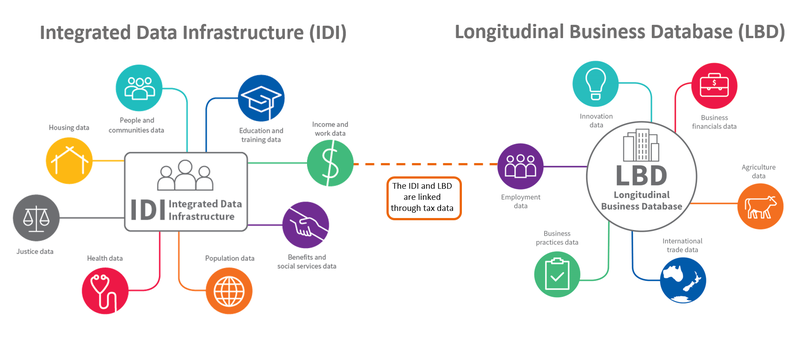Attracting a Workforce with a Job Competitiveness Calculator
As an employer, the first step to attracting and retaining people is putting forward your best offer. To do this, you need to understand what employees value most.
Could the Integrated Data Infrastructure be the missing piece you need to ensure your next project is data-driven and delivers smarter, more meaningful results?

Written by

Superpower: Choosing the perfect size Tupperware
Fixation: Shoes
Hannah's work is predominantly in workforce research.
She is a dedicated data enthusiast and enjoys the variety of work Scarlatti offers.
As a professional triathlete training for the 70.3 World Championships, she seamlessly blends her passion for data with a drive for high performance in all areas of her life.
Hannah contributes a unique skill set to diverse challenges and opportunities.
Hannah has a Master of Health, Sport, and Human Performance, along with a Bachelor of Science in Data Analytics.
Are you always looking for better evidence and insights that inform decisions and drive meaningful change? Imagine being able to understand or forecast the long-term impact of programmes, projects, and policy decisions – mapping changes to people’s lives.
Imagine that you could:
These questions are hard to answer – unless you have the right data. A powerful dataset makes this possible by linking information specifically relevant to people in New Zealand, drawing from both government and non-government sources such as education, health, income, crime, migration, and more.
This dataset, the Integrated Data Infrastructure (IDI), can help you design smarter services, evaluate programmes, or identify opportunities for improvement.

Image: Stats NZ
Managed by Stats NZ, the IDI is a powerful tool for understanding Aotearoa New Zealand’s people. It combines data from government agencies and national surveys.
The IDI contains anonymised data about individuals, entities, and education providers. Its strength comes from linking data across sectors – like education, health, and employment – without identifying individuals. This enables researchers to capture a more complete picture of people’s experiences over time.
Approved researchers who complete confidentiality training can access the IDI through secure Data Labs after their project is reviewed and approved by Stats NZ. They work with de-identified data, where personal details like names and National Health Index numbers are removed and replaced with encrypted codes. This protects privacy while enabling researchers to link data across systems. Instead of relying on assumptions or fragmented data, they can trace real-life histories and answer complex questions with actual evidence.
Scarlatti has a team of approved researchers who can help you assess whether the IDI is right for your needs. Whether you're exploring workforce dynamics or tracking the impact of social programmes, we can help you unlock insights and achieve better outcomes, faster.